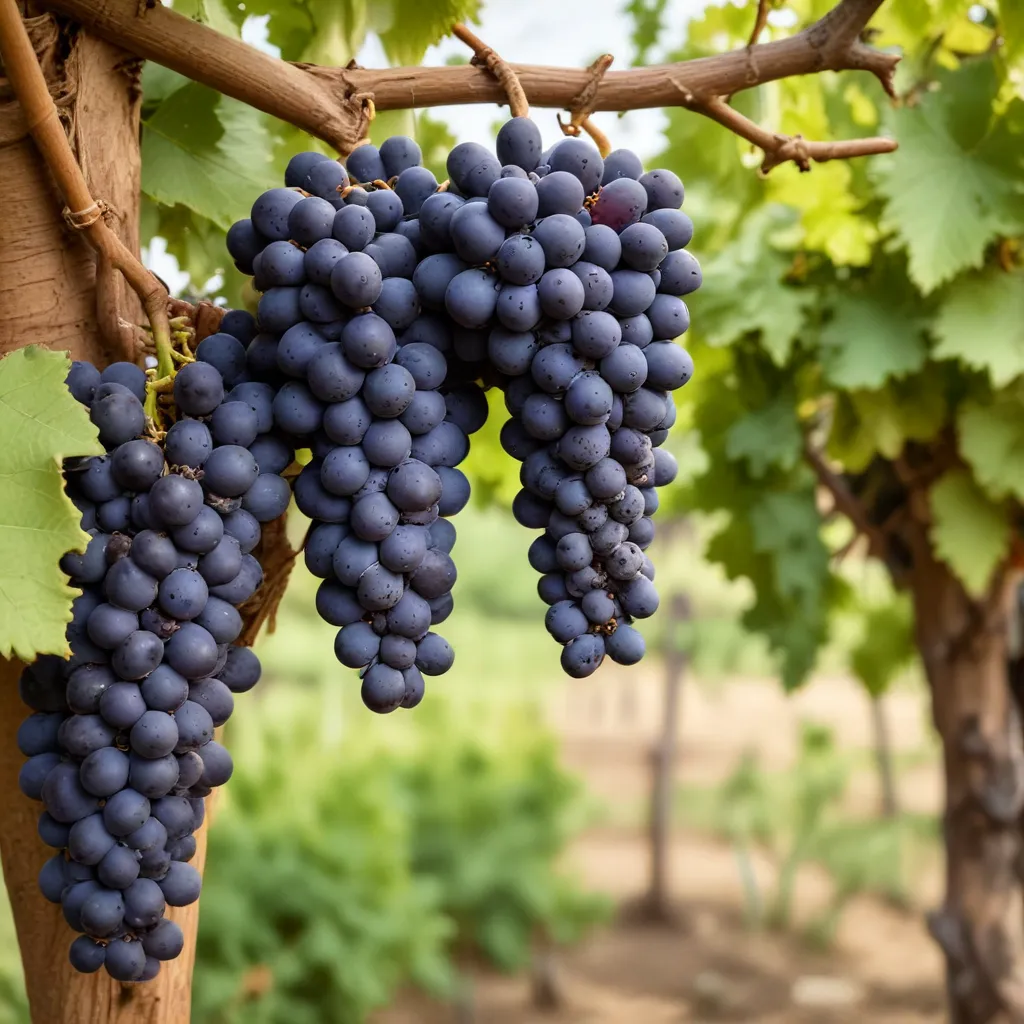
Grape Yield Variability
The yield, or quantity, of grapes produced from a vineyard can vary substantially from year to year. This vintage variation is influenced by a complex interplay of climatic conditions, prevailing viticulture practices, and the age of the grape vines themselves.
Factors Affecting Grape Yield
Grapevine yield is primarily determined by the number and size of grape clusters produced per vine. These factors are influenced by the vine’s reproductive capacity, which can be affected by factors like pruning styles, irrigation management, and canopy management. Vine age is also a crucial determinant, as older vines generally have a greater capacity for both vegetative growth and fruit production.
Climatic Conditions and Grape Yield
The local climate plays a pivotal role in grape yield. Factors like temperature, precipitation, sunlight exposure, and wind can significantly impact crucial stages of the grapevine’s growth cycle, such as bud break, flowering, and fruit ripening. For example, cool, wet conditions during flowering can lead to coulure – the failure of grape flowers to properly set fruit. Conversely, excessively hot, dry weather can induce heat stress, limiting the vine’s ability to accumulate sugars and phenolic compounds.
Viticulture Practices and Grape Yield
Skilled vineyard management is essential for optimizing grape yields. Practices like pruning, irrigation, canopy management, and pest/disease control can all influence the vine’s capacity for fruit production. Growers must strike a careful balance to avoid over-cropping (which can compromise fruit quality) or under-cropping (which can reduce overall yield).
Wine Flavor Characteristics
The variation in grape yields across vintages can have a profound impact on the flavor profile and structural attributes of the resulting wines.
Influence of Grape Yield on Aroma
Grape yields can affect the concentration of aroma compounds in wine. Higher yields tend to dilute the grapes’ aromatic potential, leading to wines with less intense, more subtle fruit aromas. Conversely, lower yields concentrate these compounds, resulting in wines with pronounced, often complex fruity and floral notes.
Grape Yield and Wine Body
The amount of grapes per vine can also influence a wine’s body and mouthfeel. Lower yields typically produce more concentrated grape juice, leading to fuller-bodied wines with a richer, more velvety texture. Higher yields, on the other hand, can result in lighter-bodied wines with a more delicate or watery mouthfeel.
Grape Yield and Tannin Profiles
Grape yield can also impact a wine’s tannin structure. Grapes from low-yielding vines tend to have higher skin-to-juice ratios, which can translate to wines with more robust tannins. Conversely, high-yielding vines often produce grapes with lower skin-to-juice ratios, leading to wines with softer, more approachable tannins.
Wine Structure Attributes
Beyond influencing flavor and mouthfeel, variations in grape yield can also impact the structural components of the wine, such as acidity and alcohol content.
Effect of Grape Yield on Acidity
Grape yields can affect a wine’s titratable acidity and pH. Lower yields typically produce grapes with higher acidity levels, resulting in wines with a more vibrant, refreshing mouthfeel. Higher yields, on the other hand, can lead to grapes with lower acidity and higher pH, creating wines that may taste flabby or unbalanced.
Grape Yield and Alcohol Content
Grape yield can also influence a wine’s alcohol content. Lower yields often produce grapes with higher sugar levels, which can ferment to higher alcohol percentages. Conversely, higher yields may result in grapes with lower sugar concentrations, leading to wines with a more moderate alcohol content.
Grape Yield and Mouthfeel
The interplay between grape yield, tannin structure, and acidity can also affect a wine’s overall mouthfeel. Wines from low-yielding vines tend to have a more full-bodied, structured texture, with a lingering finish. In contrast, wines from high-yielding vines may exhibit a lighter, more delicate mouthfeel, with a less persistent aftertaste.
Vintage Variation in Wines
The impact of grape yield on wine characteristics is further complicated by the fact that yields can fluctuate significantly from year to year, resulting in notable vintage variation.
Annual Fluctuations in Grape Yield
Grape yields can vary substantially from one vintage to the next, even within the same vineyard. This is due to the multitude of climatic and viticultural factors that influence fruit set and maturation. A year with ideal conditions may produce a bountiful harvest, while an unfavorable season can lead to a much smaller crop.
Vintage Quality and Grape Yield
The relationship between grape yield and wine quality is not always straightforward. While lower yields often correlate with higher-quality wines, this is not a universal rule. In some cases, moderate yields can strike the optimal balance between concentration and balance. Ultimately, the impact of yield on quality depends on the specific grape variety, growing region, and winemaking approach.
Grape Yield Trends Over Time
Over the long term, grape yields may exhibit gradual trends, often correlated with changes in climate, viticulture techniques, or the aging of the vineyard. For example, some regions have seen yields gradually decline as vines mature, while others have experienced increases in yield due to improved irrigation or canopy management practices.
Ultimately, the interplay between grape yield, vintage variation, and wine characteristics is a complex and fascinating aspect of the winemaking process. By understanding these relationships, winemakers and growers can make more informed decisions to ensure the production of consistently high-quality, distinctive wines year after year.
To learn more about the wine and culinary offerings at the Wine Garden Inn, be sure to explore our website. From gourmet breakfasts featuring estate-grown produce to our selection of food-friendly wines, we’re dedicated to providing an unforgettable experience for our guests.
